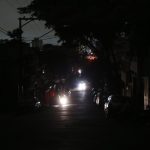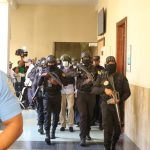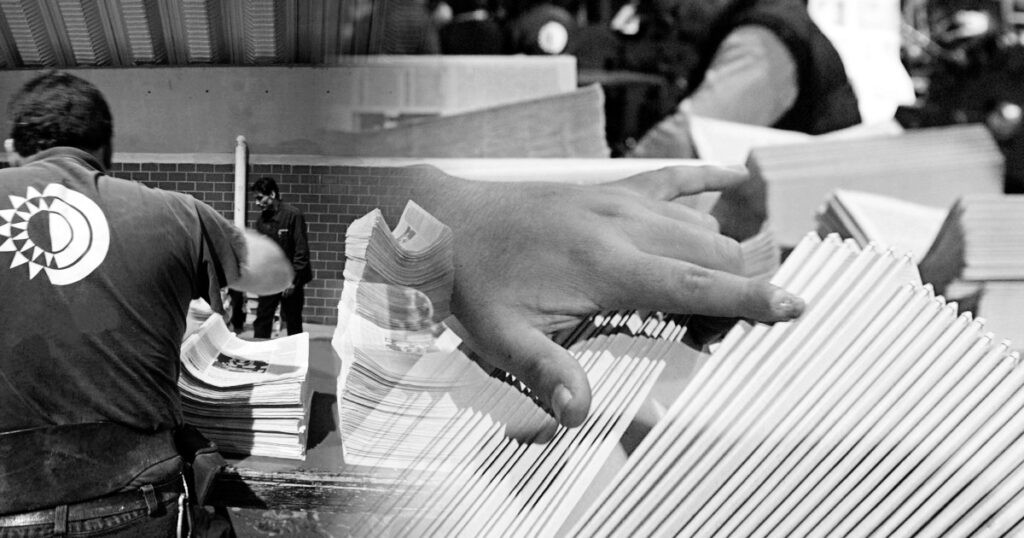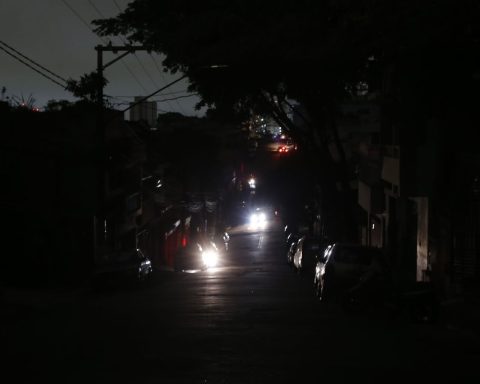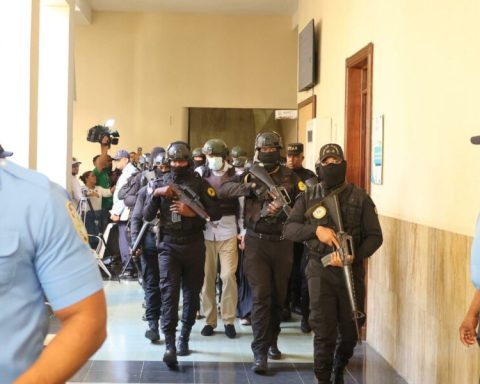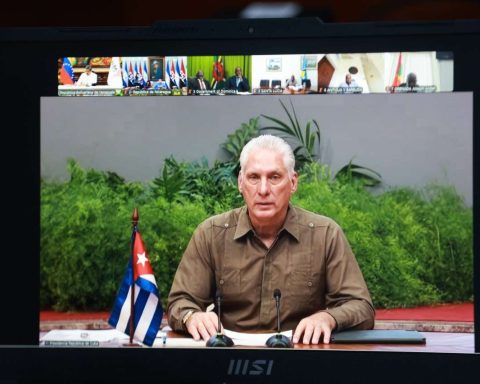Nicaragua commemorated this Thursday with a drill the 50th anniversary of the earthquake that devastated Managua in 1972, in which more than 10,000 people died, according to various estimates.
Representatives of State institutions participated in the IV National Multi-Hazard Preparedness Exercise, with which they remembered that earthquake of magnitude 6.2 on the Richter open scale, which occurred on December 23, 1972, which affected the capital.
According to the National System for Disaster Prevention, Mitigation and Attention (Sinapred), at least 600,000 Nicaraguans, including public employees, participated in the drill, in which different scenarios were considered.
The exercise was carried out under the hypothesis of an earthquake of magnitude 7.8 on the Richter scale, at a depth of 30 kilometers, off the coast of the tourist resort of San Juan del Sur, in the Pacific.
Also read: Nicaraguans and Cubans seek their future in the US without fearing for the title 42
After the earthquake, a tsunami occurred, which affected a large part of the Pacific of Nicaragua. In addition, the Tipitapa seismic fault was activated, causing another earthquake that caused houses to collapse in the Nicaraguan capital.
Given this scenario, the Nicaraguan authorities declared a state of alert and activated contingency plans in order to save lives.
The co-director of Sinapred, Guillermo González, explained that the authorities are working with the goal that catastrophes like the one in 1972 are not repeated.
Rescue brigades from the Nicaraguan Army, National Police and other State institutions and fire brigades participated in the exercise, as well as personnel from the Ministry of Health, who were in charge of providing medical care to the injured.
The old Managua
The 1972 earthquake, the greatest disaster in the history of Nicaragua, left in ruins one of the most modern cities in Central America at that time, with an eclectic architecture that exposed vertical buildings that were never erected again in Managua for fear of this type of disasters.
The catastrophe, which caused international commotion, aroused the interest of the Puerto Rican star of the Pittsburgh Pirates Roberto Clemente, who a week later took a plane with help for the victims, but died when the ship collapsed in the Caribbean Sea.
Clemente, recently declared a national hero, had participated a few months earlier in the 1972 Nicaragua Baseball World Cup, as manager of the Puerto Rican national team.
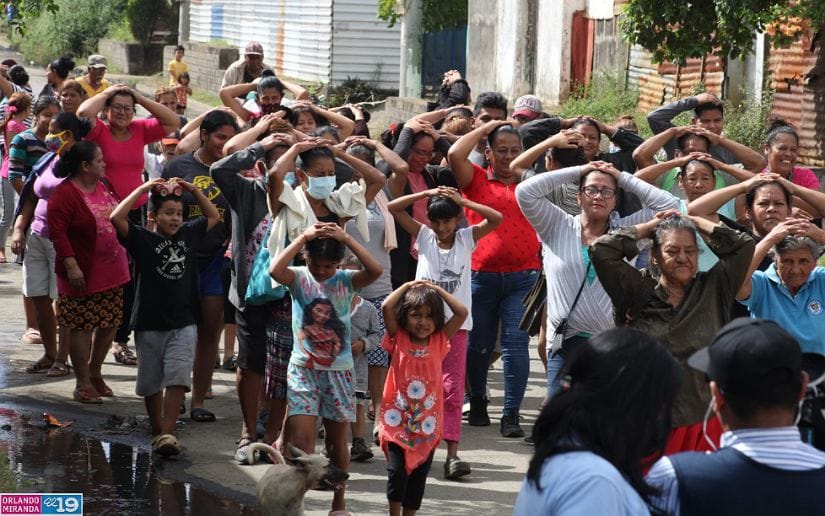
After the earthquake, the old center of the Nicaraguan capital was left in rubble for more than three decades, due to a series of government decisions, legal provisions, and contradictions between the Mayor’s Office of Managua and the Central Government.
The earthquake of 50 years ago caused a part, not estimated, of the 400,000 inhabitants of Managua in 1972 to migrate to other cities or countries.
It also caused Managua to grow in a dispersed way, without a defined center, and to lose its nomenclature, which it never recovered, and for which there are particular addresses such as: “From where the Grand Hotel was two blocks to the lake and a half down” , or points of reference such as Roosevelt Avenue, Loma de Chico Pelón, El Arbolito, among others.







